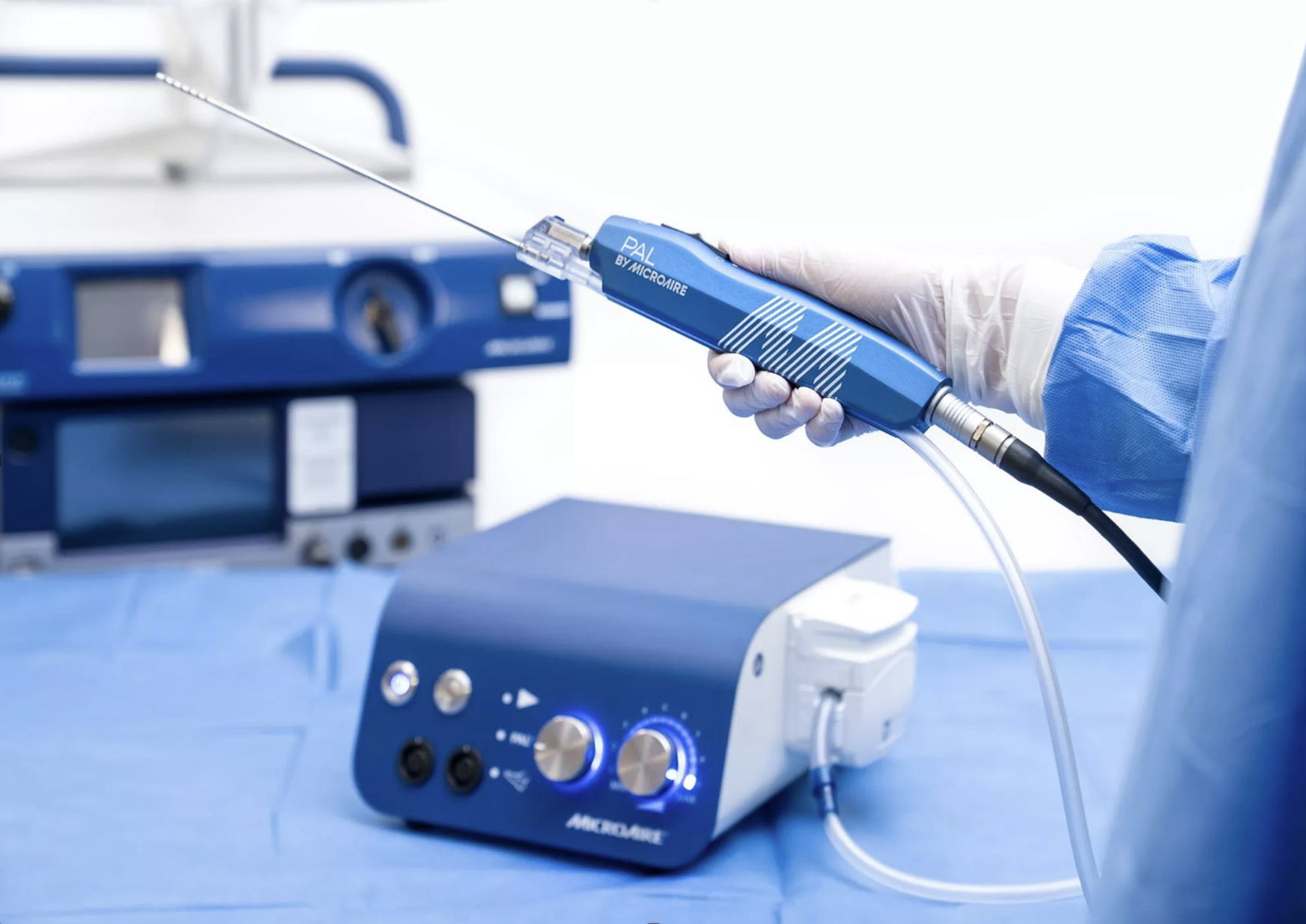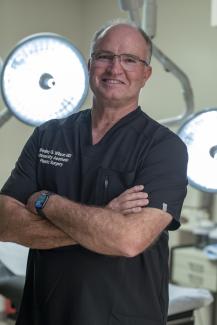Liposuction, also known as lipoplasty, is a surgical procedure designed to remove excess fat from specific areas of the body. It's popular for contouring and reshaping these areas to achieve a more proportionate and aesthetically pleasing appearance.
The main purpose of liposuction is to remove stubborn fat deposits that do not respond to diet and exercise. Liposuction can enhance the appearance and self-confidence of the patient, but it does not treat obesity, cellulite, or sagging skin.
The procedure involves the insertion of a thin tube, called a cannula, into the targeted fat deposits. The fat is then suctioned out through this tube, sculpting the body to desired contours.
Liposuction can improve the shape and contour of the body, but it is not a weight-loss method. Liposuction is usually performed under local or general anesthesia, depending on the extent of the procedure.



